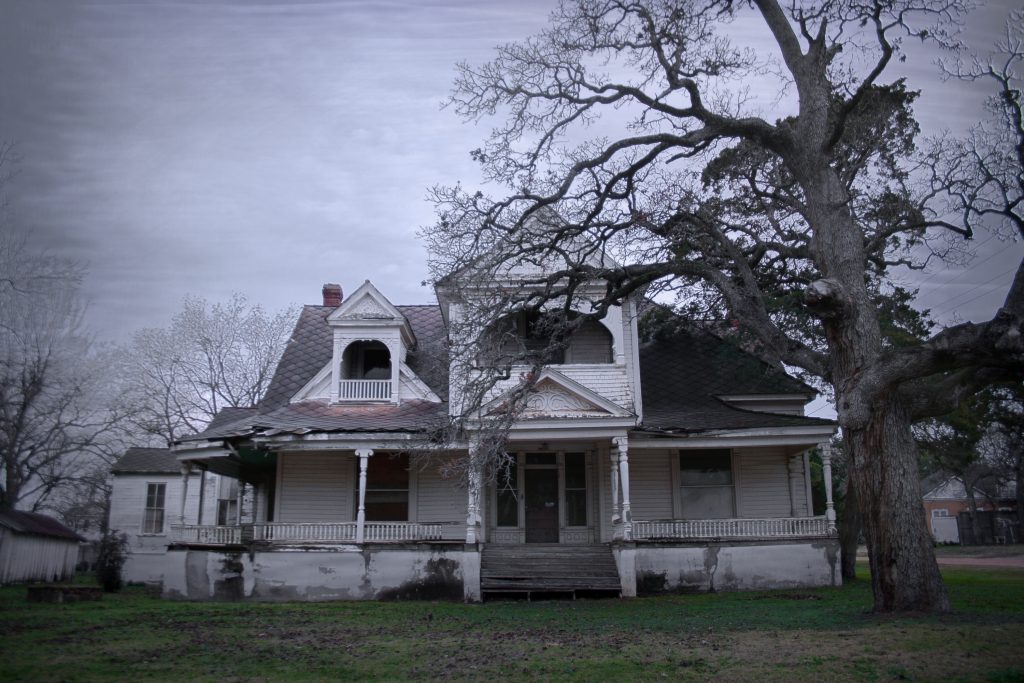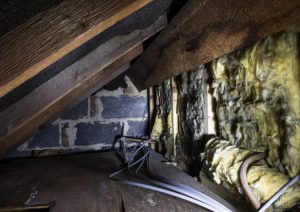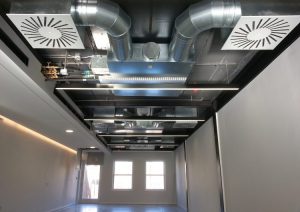Older homes are less energy-efficient than new ones. They may have been previously insulated but with time the insulation wears off, rendering your home inefficient. This means that you have to add insulation to your home but it is a worthy long term investment that will pay for itself after a couple of years.1
Here’s all you need to know about insulating an existing home.
How do you know that your home needs more insulation?
Insulation can last you for many years especially when done on a new home but most houses often require it to be reinsulated. If you bought your home with the insulation already installed, you cannot tell how long it has been there.
One of the ways to know if your insulation is busted is if your house is always cold. You should also feel the walls and check for extreme coldness. Another indicator is high energy bills. Home insulation is supposed to save you money and if the bills are still high, it means that there are leaks in your house.
Conducting a home energy audit
The only way you can ascertain the amount of insulation you need is through an energy assessment. This will determine how much insulation your home has, what kind of insulation is installed, and where it’s located. The energy assessment will also reveal air leaks if any so that they can be sealed before your home is insulated.
How should you insulate an old house?
Insulating an old home has always been a controversial topic. Is there a right way to do it? Where should you begin? Should you strip off the entire insulation or replace the damaged parts?
The insulation process is dependent on the state of your existing insulation. If it is badly damaged, you may have to redo the whole insulation but most of the time you only have to replace some parts.
Attic Insulation Tips for an Old House
Start with the attic
Attic insulation is the cheapest and easiest to install. It also has a profound effect on your home’s energy system. Start by checking the current insulation and make sure you air seal all holes and cracks before installing the insulation.
Draught proof your windows and doors
This is a budget-friendly alternative to making your home more energy-efficient. The space between the door and the floor lets cold air in during winter, forcing your AC unit to overwork. The windows are also notorious for letting warm air out and should also be insulated.
Increase the wall insulation
Old homes rarely have wall insulation and most times, the spaces between the walls are hollow or filled with wood shavings. You can enhance the wall insulation by boosting the interior, exterior, and wall cavity R-values.
How to Insulate an Old House and Jumpstart Your Energy Efficiency
Your home’s energy efficiency is all dependent on how well your house is insulated. The good news is that, for an old house, you’ll mostly be adding on to existing insulation as opposed to installing a new one, which is more expensive.
Links to sources used
- Adding Insulation to an Existing Home – https://www.energy.gov/energysaver/weatherize/insulation/adding-insulation-existing-home




